GREEK HELLENISTIC MEDUSA CAMEO 2nd-1st century BC A large oval cameo of smoky quartz displaying the head of the Gorgon Medusa in high relief studied by Professor Dr. Bernhard Overbeck of Staatlichen Münzsammlung Munich (Hellenistic period, later Augustus); finely carved facial features and eyebrows, abundant hair twisted and formed into wavy locks flanked by wings to the temples; snakes beneath the chin forming a Herculean knot; in an old silver mount. 66 grams, 50mm (2"). Very fine condition. Provenance Property of a Surrey collector; formerly with Pierre Bergé, Brussels, Belgium, 1 December 2011, lot 372 (55,000-60,000 euros); previously in a private collection formed in the early 1980s. Literature See Lapatin, K. Luxus: the Luxury Arts of Greece and Rome, Los Angeles, 2015; H. Gebhart, Gemmen und Kameen, Berlin, 1925, p.63, fig.74. Chiesa, G.S. Gem dalla corte imperiale alla corte Celeste, Milan, 2002, p.36, fig.6. Accompanied by a French export licence and an exposé by Professor Dr. Bernhard Overbeck. Footnotes This cameo, according to Dr. Bernhard Overbeck, can be compared stylistically an amethyst in the Colonna collection in Rome, and a sardonyx in the Hessisches Landesmuseum Darmstadt. Professor Overbeck comments that this cameo bears many similarities to the Medusa head on the underside of the Tazza Farnese, a sardonyx cup that was carved in Alexandria in the second century BC to celebrate the marriage of Ptolemy VIII to Cleopatra III. Ancient methods of hardstone carving were based on principles that are still used today. The pieces were worked by manipulating various drills against them. The actual cutting was accomplished not with the point of the drill itself but by using the drill to rub powders into the stone. Hellenistic cameos are almost exclusively made from sardonyx and so this piece, being in smoky quartz, is a very rare example. In style Hellenistic cameos, as well as intaglios, exhibit in miniature the qualities of Hellenistic sculpture. They continue and develop the styles of earlier artists, such as Praxiteles, in the softness of the features, but also a passion and pathos that is seen in Lysippus and Scopas, both noted sculptors of the Hellenistic period. Pathos is most clearly depicted in the Medusa images of this time, as seen on this cameo, and the Tazza Farnese. This cameo displays the soft lines and crisp carving associated with Hellenistic court artists and Professor Overbeck is in little doubt as to the dating of this piece to the Hellenistic period due to the composition of the hair and the rendering of the wings and snakes; Medusa heads from later periods tend to be different and of a simpler design. He also notes similarities to an amethyst cameo from the Colonna Collection in Rome, which is also
GREEK HELLENISTIC MEDUSA CAMEO 2nd-1st century BC A large oval cameo of smoky quartz displaying the head of the Gorgon Medusa in high relief studied by Professor Dr. Bernhard Overbeck of Staatlichen Münzsammlung Munich (Hellenistic period, later Augustus); finely carved facial features and eyebrows, abundant hair twisted and formed into wavy locks flanked by wings to the temples; snakes beneath the chin forming a Herculean knot; in an old silver mount. 66 grams, 50mm (2"). Very fine condition. Provenance Property of a Surrey collector; formerly with Pierre Bergé, Brussels, Belgium, 1 December 2011, lot 372 (55,000-60,000 euros); previously in a private collection formed in the early 1980s. Literature See Lapatin, K. Luxus: the Luxury Arts of Greece and Rome, Los Angeles, 2015; H. Gebhart, Gemmen und Kameen, Berlin, 1925, p.63, fig.74. Chiesa, G.S. Gem dalla corte imperiale alla corte Celeste, Milan, 2002, p.36, fig.6. Accompanied by a French export licence and an exposé by Professor Dr. Bernhard Overbeck. Footnotes This cameo, according to Dr. Bernhard Overbeck, can be compared stylistically an amethyst in the Colonna collection in Rome, and a sardonyx in the Hessisches Landesmuseum Darmstadt. Professor Overbeck comments that this cameo bears many similarities to the Medusa head on the underside of the Tazza Farnese, a sardonyx cup that was carved in Alexandria in the second century BC to celebrate the marriage of Ptolemy VIII to Cleopatra III. Ancient methods of hardstone carving were based on principles that are still used today. The pieces were worked by manipulating various drills against them. The actual cutting was accomplished not with the point of the drill itself but by using the drill to rub powders into the stone. Hellenistic cameos are almost exclusively made from sardonyx and so this piece, being in smoky quartz, is a very rare example. In style Hellenistic cameos, as well as intaglios, exhibit in miniature the qualities of Hellenistic sculpture. They continue and develop the styles of earlier artists, such as Praxiteles, in the softness of the features, but also a passion and pathos that is seen in Lysippus and Scopas, both noted sculptors of the Hellenistic period. Pathos is most clearly depicted in the Medusa images of this time, as seen on this cameo, and the Tazza Farnese. This cameo displays the soft lines and crisp carving associated with Hellenistic court artists and Professor Overbeck is in little doubt as to the dating of this piece to the Hellenistic period due to the composition of the hair and the rendering of the wings and snakes; Medusa heads from later periods tend to be different and of a simpler design. He also notes similarities to an amethyst cameo from the Colonna Collection in Rome, which is also
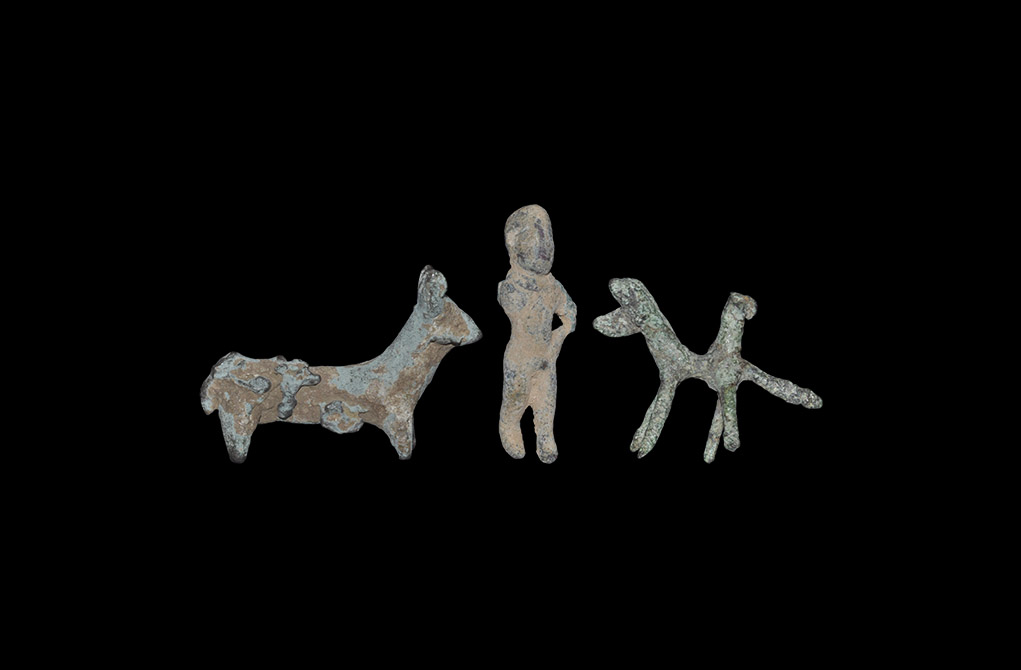
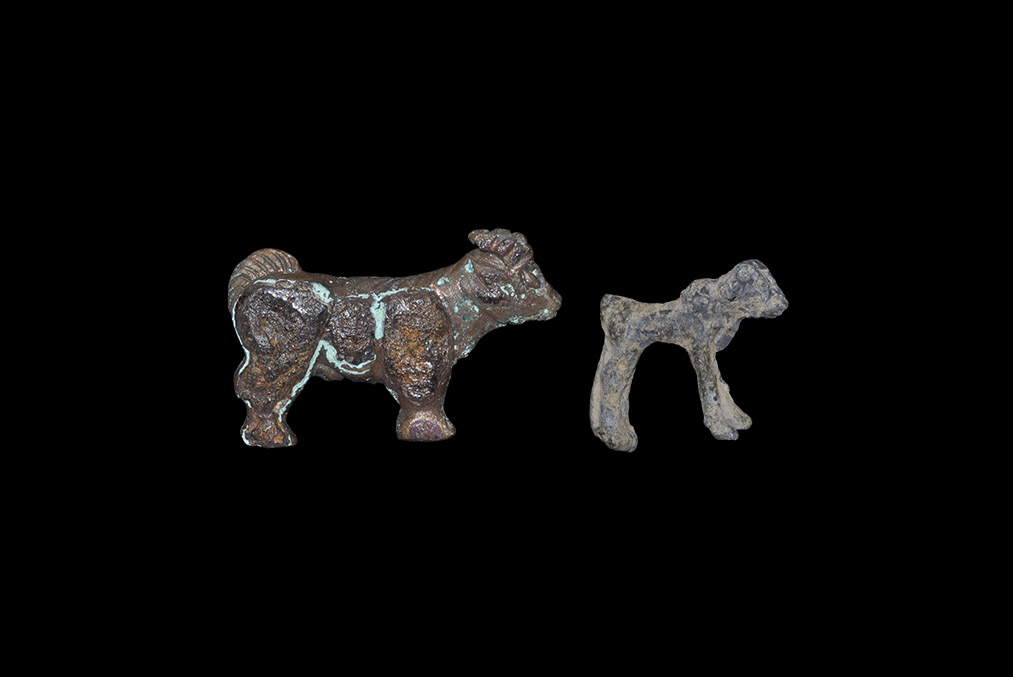
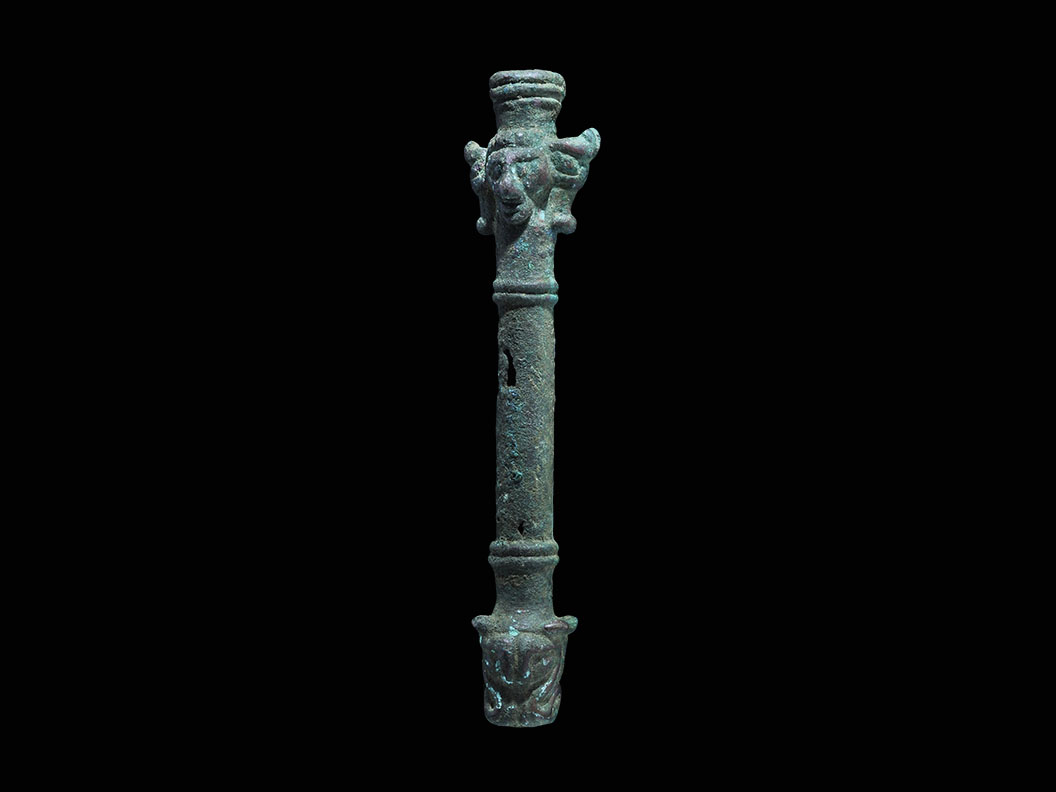
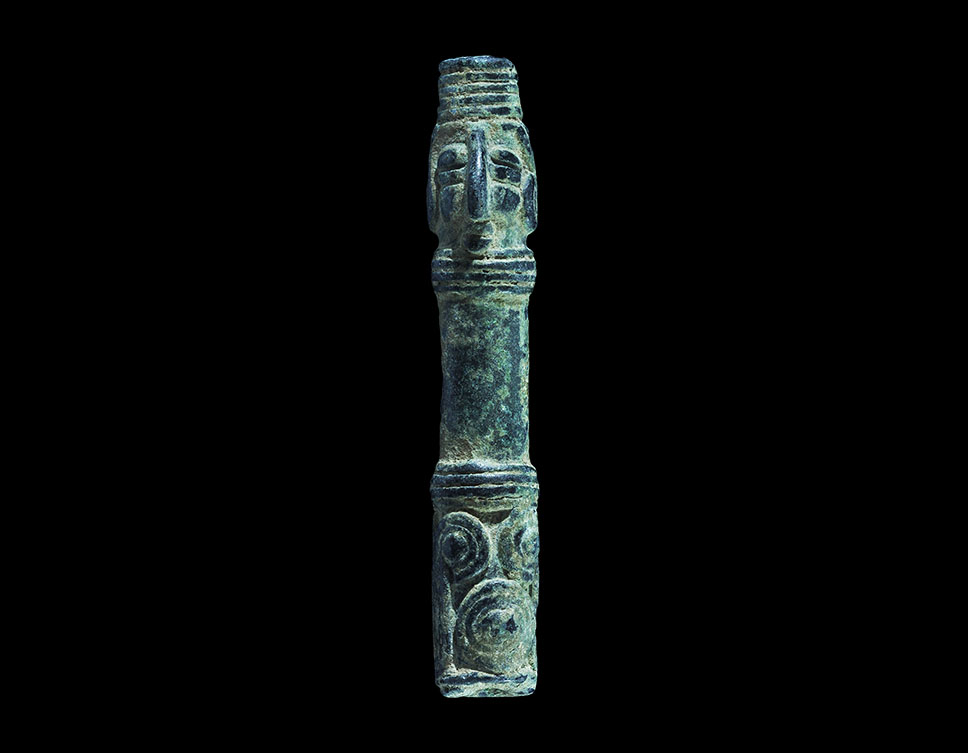
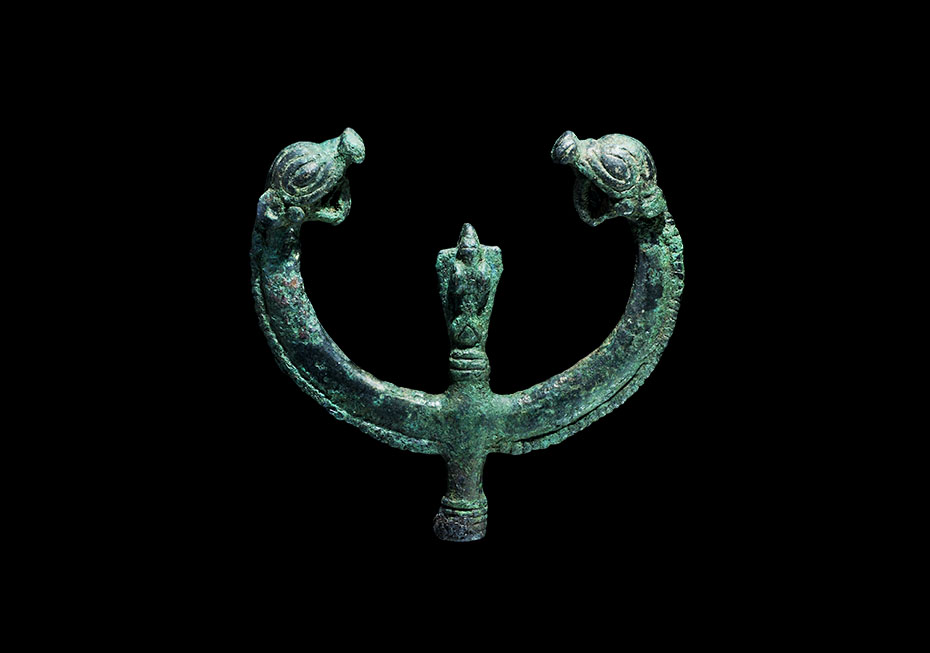
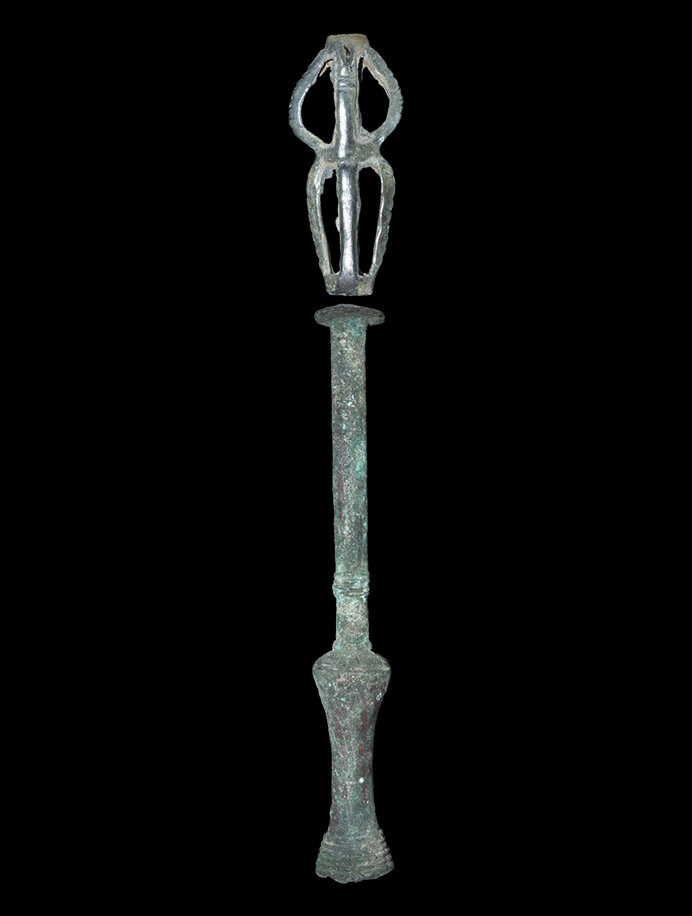
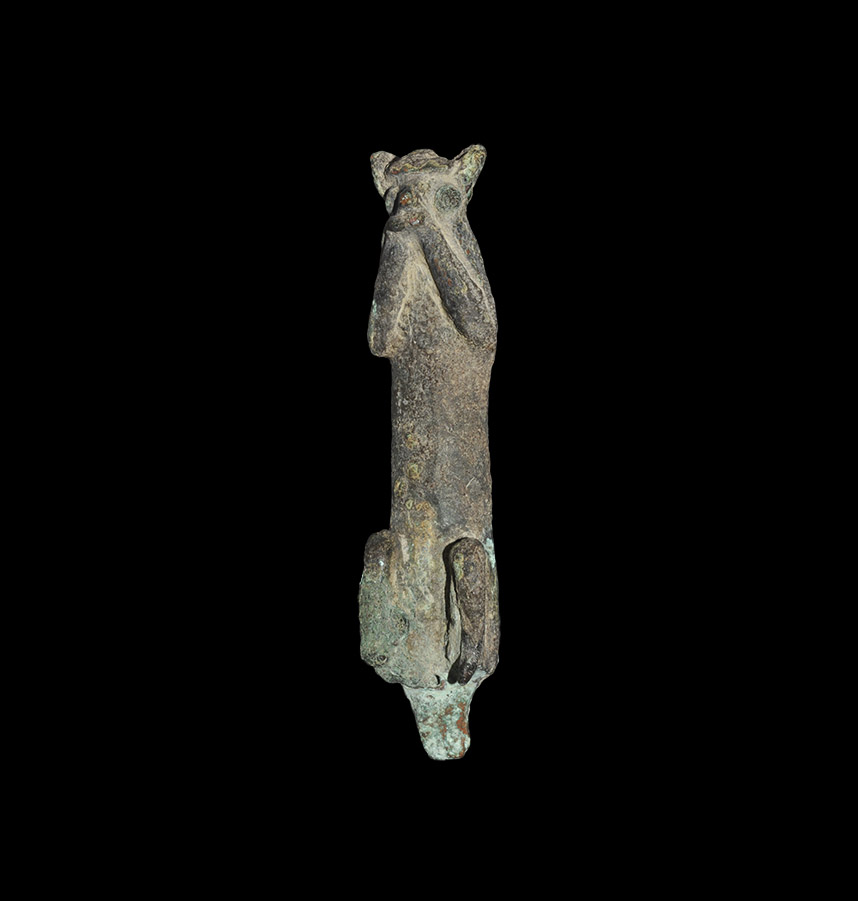
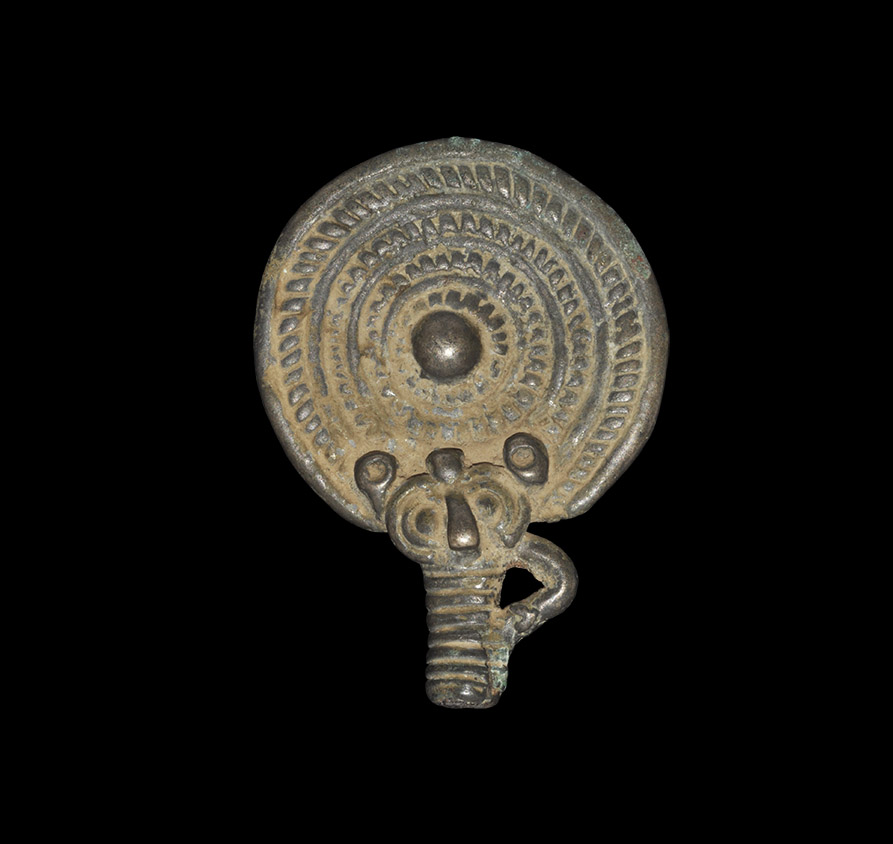
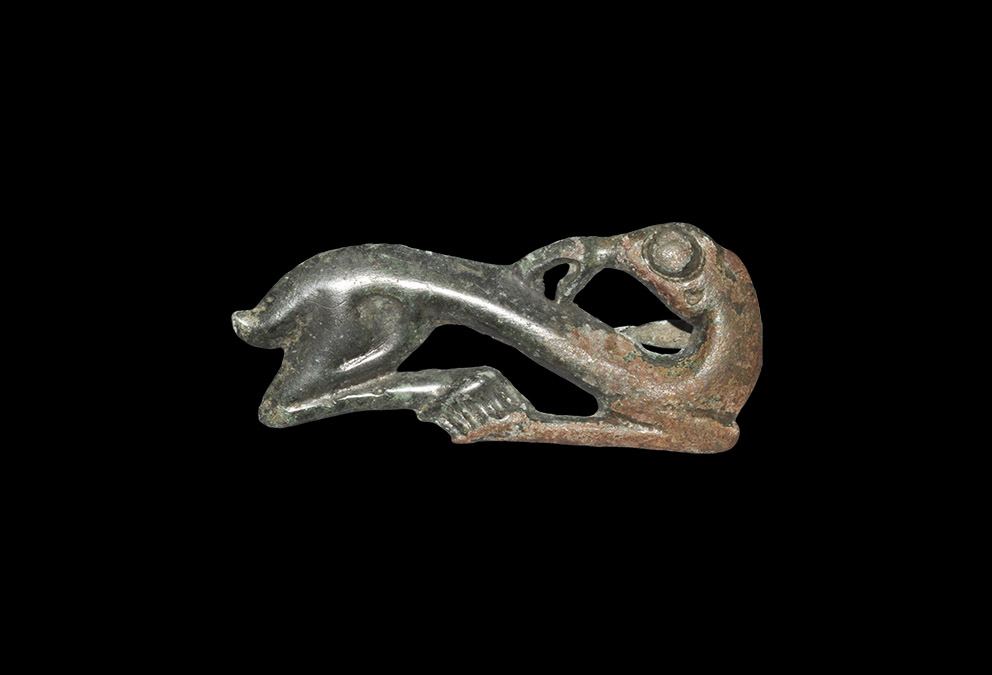
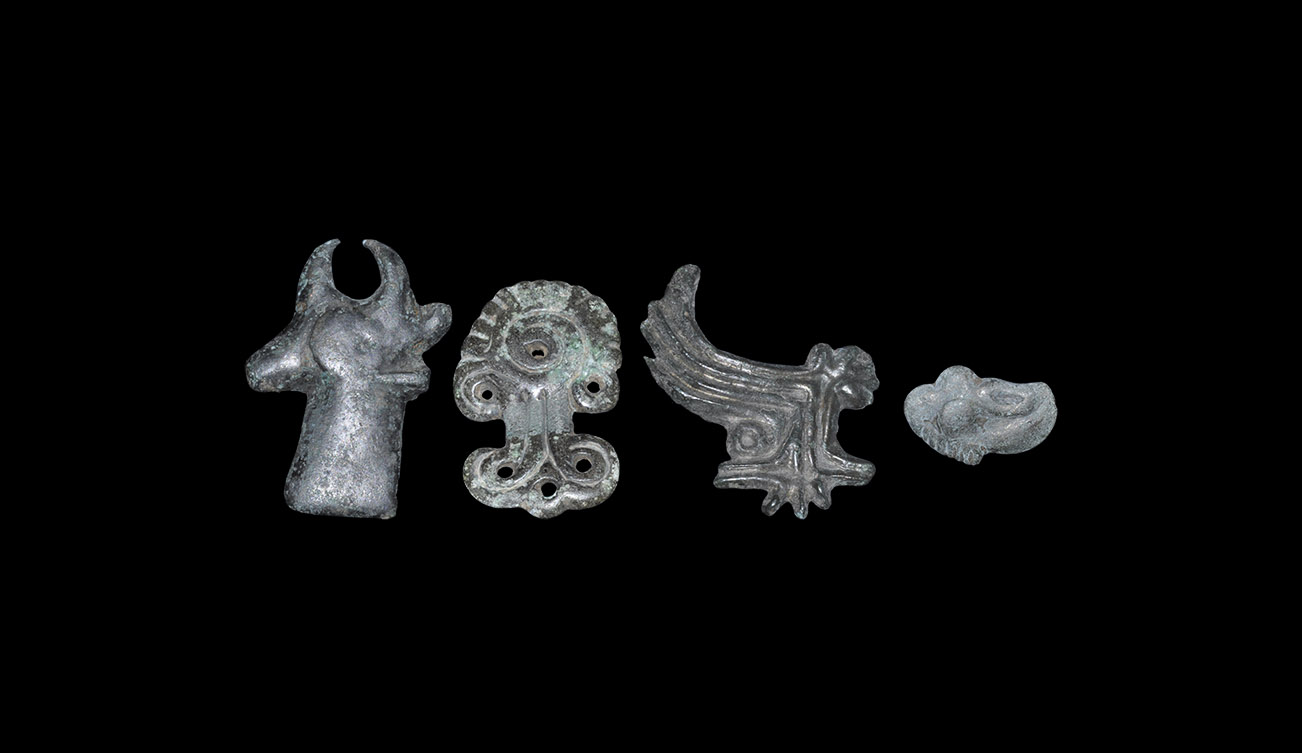
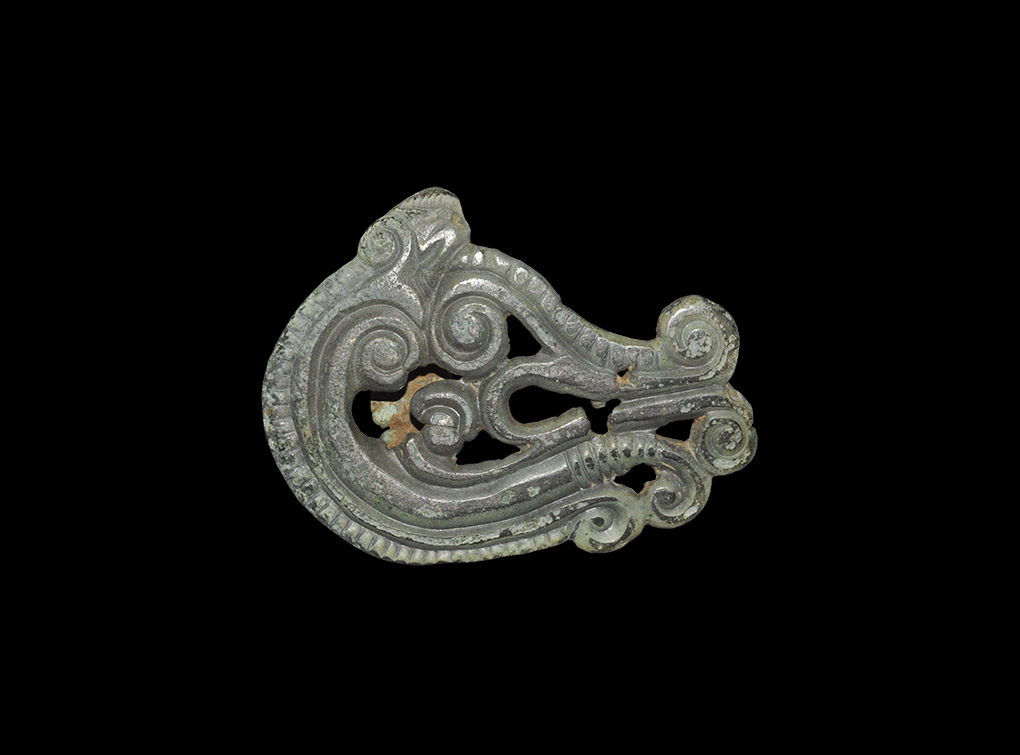
.jpg)
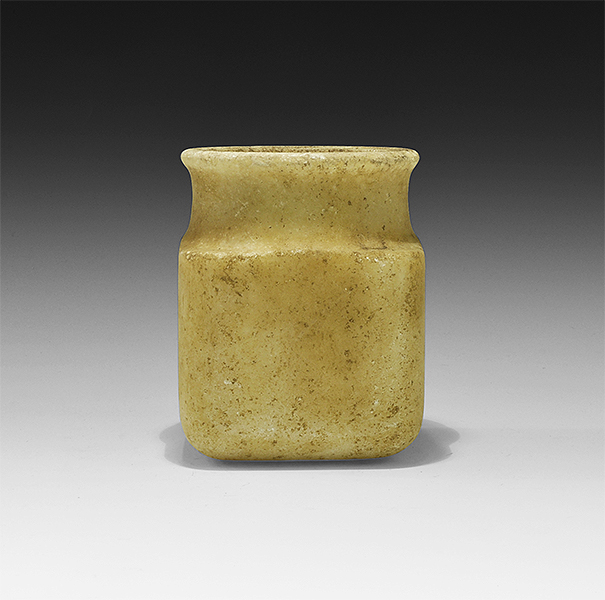
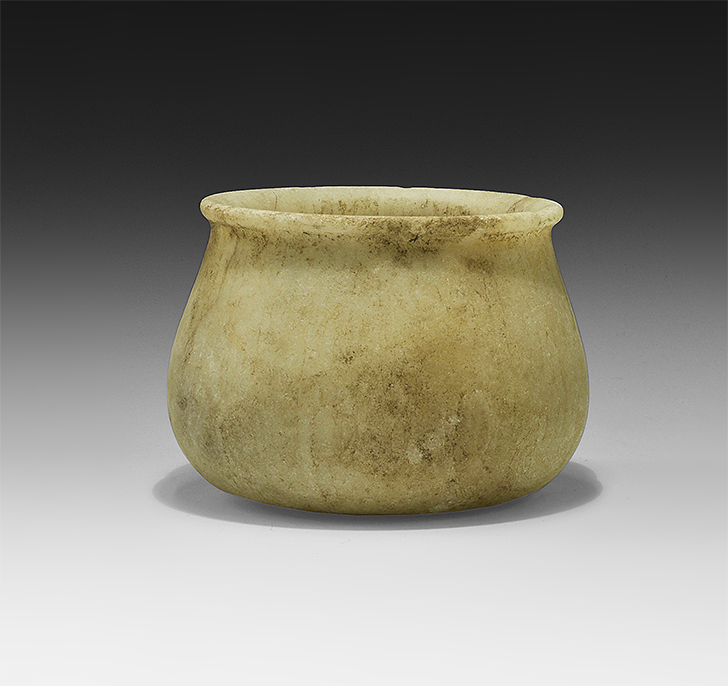
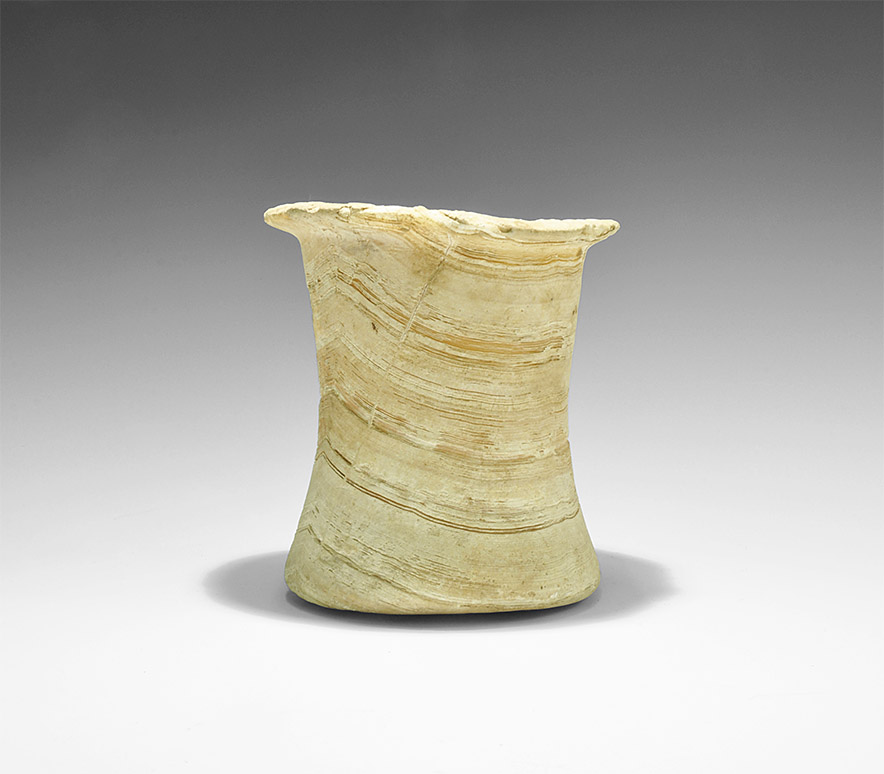
Try LotSearch and its premium features for 7 days - without any costs!
Be notified automatically about new items in upcoming auctions.
Create an alert